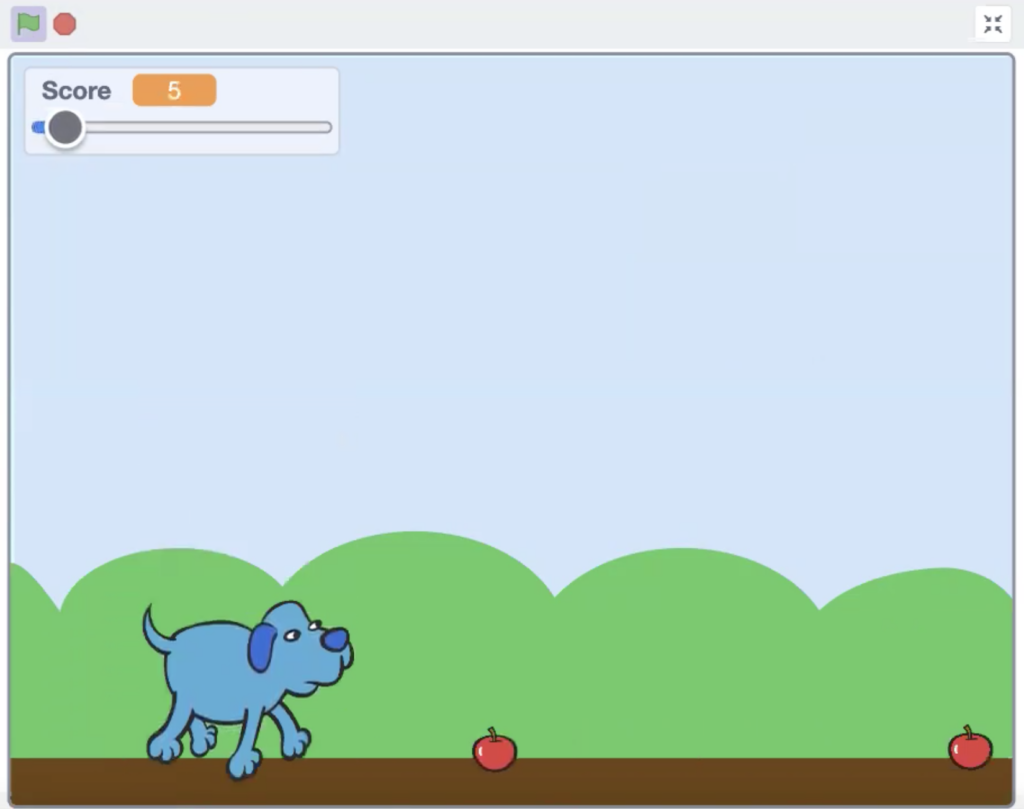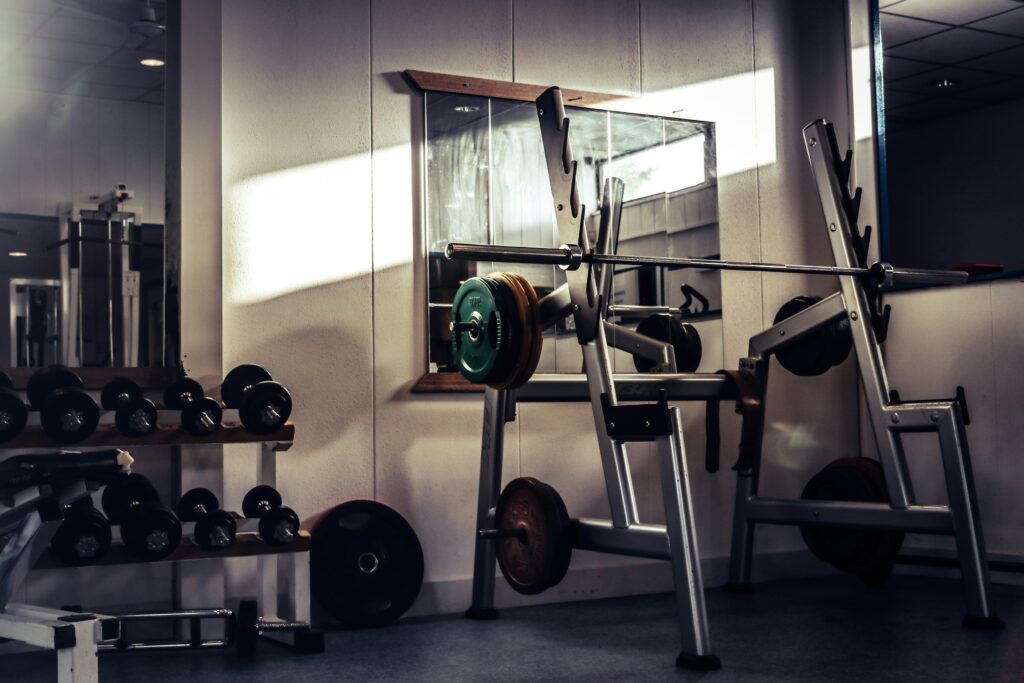
I created my own game from scratch and I incorporated coding to make the dog jump over the apples and bark with each jump, additionally, the apples are programmed to glide across the bottom of the screen, and there is a scorekeeper at the top.

I created my own game from scratch and I incorporated coding to make the dog jump over the apples and bark with each jump, additionally, the apples are programmed to glide across the bottom of the screen, and there is a scorekeeper at the top.

Photo by Seth Doyle on Unsplash
Videos can be used to support learners in many ways. Some of my favourite ideas are demonstrations/instructions, real-world examples, and accessibility and inclusivity in your classroom. You could use a video to help teach math, the video would explain how to do a math problem slowly step by step. This video then can be paused and broken down further by you as the teacher or even sent home to become a resource for parents or students on how to do the equations. Also, videos are great resources to show students real-life examples or experiences. This can allow students to learn better visually and understand more places in the world, or incorporate different interviews or daily life with professionals in any given field. Personally, my most appreciated tool that video helps within a classroom is for allowing great accessibility and inclusivity to all students. Lots of videos can have transcripts for kids to read or even be changed into different languages. Along with connecting to the first, having those options of stopping the video, going back and rewatching a part of a lesson and visually being able to see it are big aspects that help make the lesson more accessible to more learners.
If you click HERE it will lead you to a video I edited for my personal inquiry to show the improvement in my lifts from my first powerlifting competition and more recent one.

Photo by Jelmer Assink on Unsplash
Powerlifting is a sport that involves three lifts to be performed by the athlete. The three lifts are squat, bench, and deadlift. During a competition, you get three attempts at each lift and must get at least ⅓ attempts to not get disqualified. Typically an athlete would start with something they know they can for sure do, then something that is close to or matching their personal best, then with the last attempt go all out and try to hit a new personal best. The athletes work hard in the off-season doing workouts and training that are growing muscles or specifically targeting to improve the compound lifts (squat, bench, deadlift).
I am working towards and going to a regional competition for the western side of Canada. In early March I will travel to Saskatwen to compete at Westerns. To compete in powerlifting in Canada you are a part of the CPU Canadian Powerlifting Union, having a membership allows athletes to compete anywhere in Canada. Along with being a part of the CPU we are under the IPF International Powerlifting Federation that is the rules and standards to compete internationally and in Canada. The CPU follows the set rules by the IPF so that when athletes go to compete World Wide they are used to the standards that will be used at those competitions.

© 2025 francescas journey to westerns24
Theme by Anders Noren — Up ↑